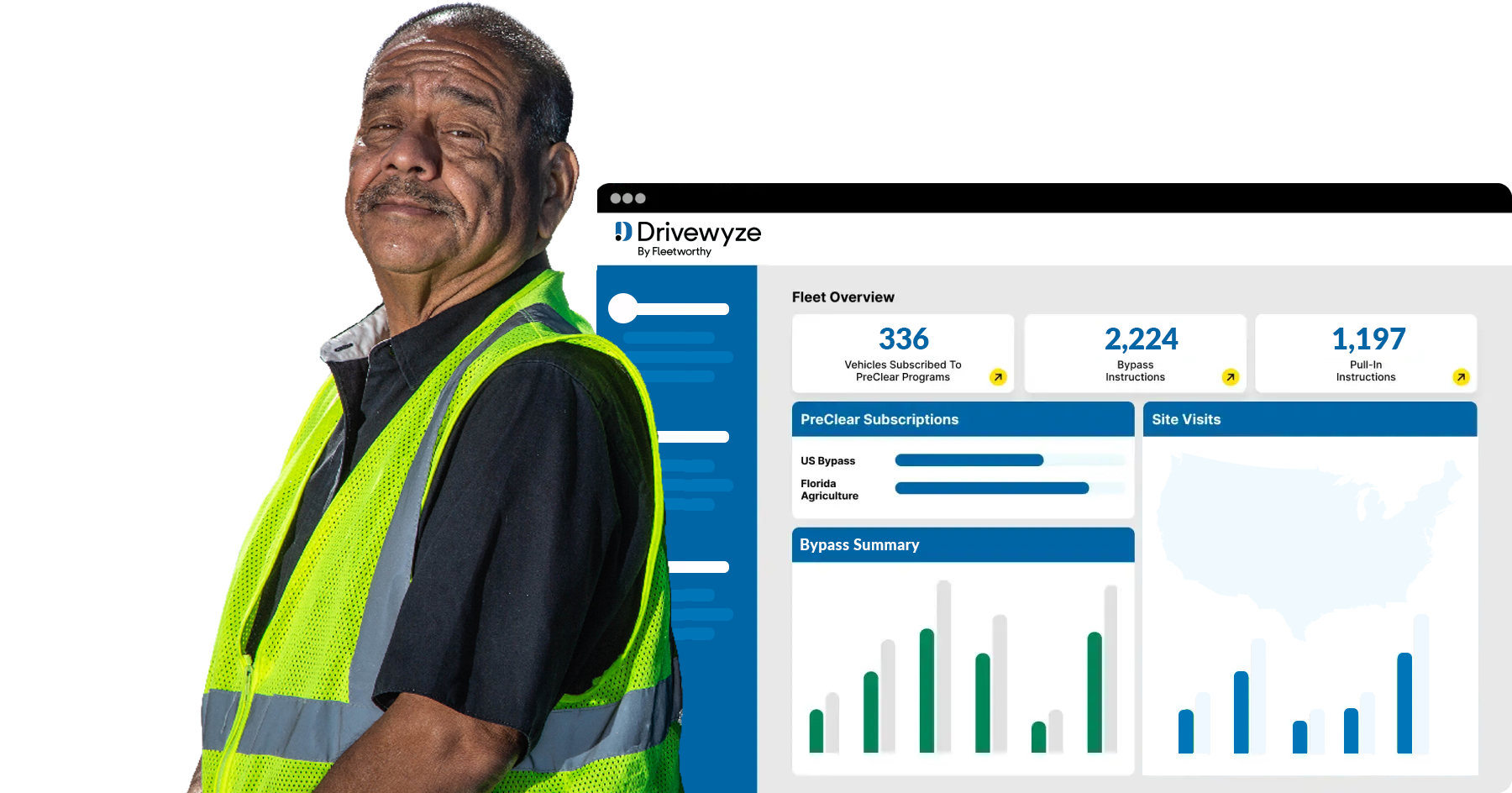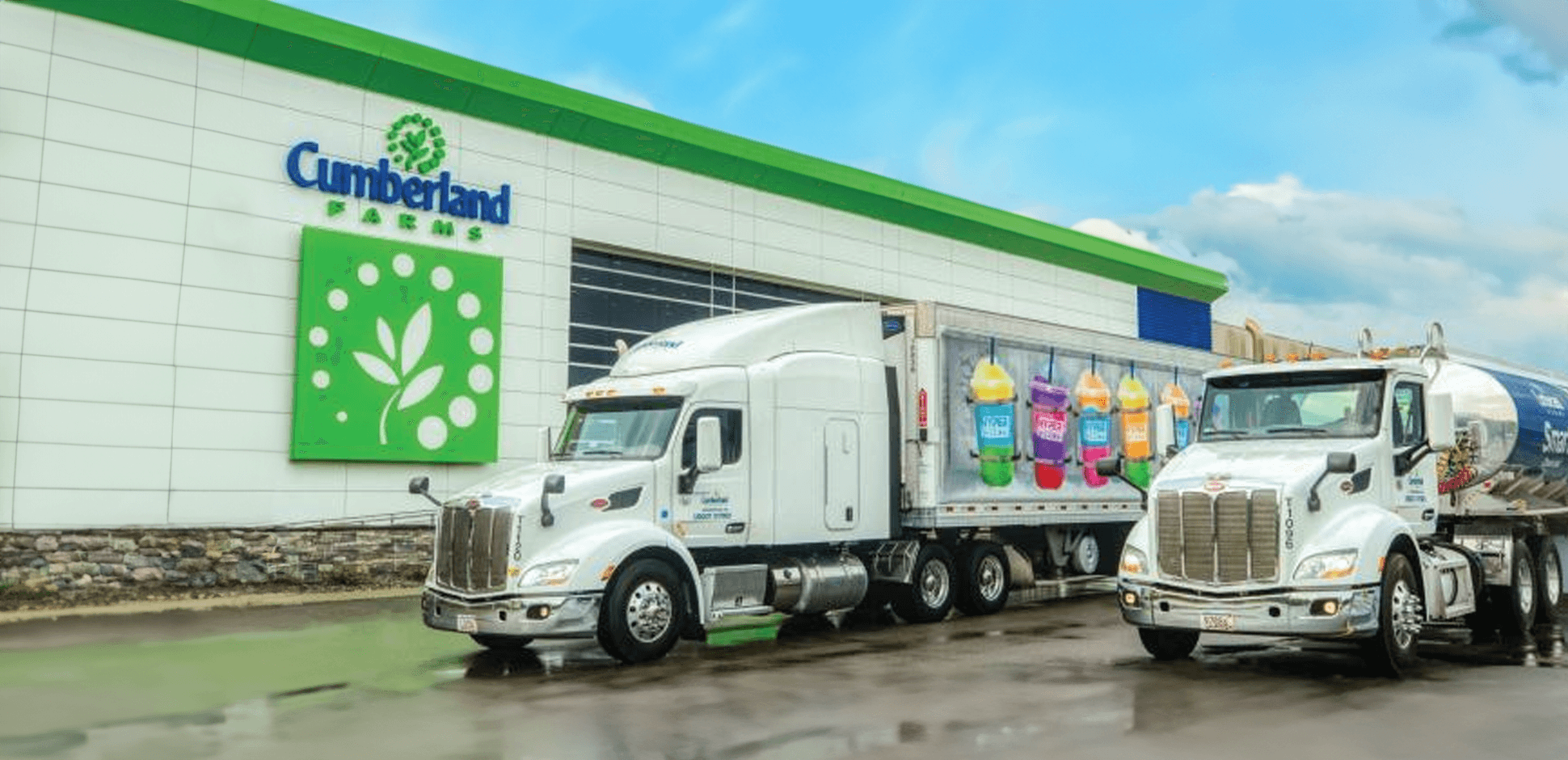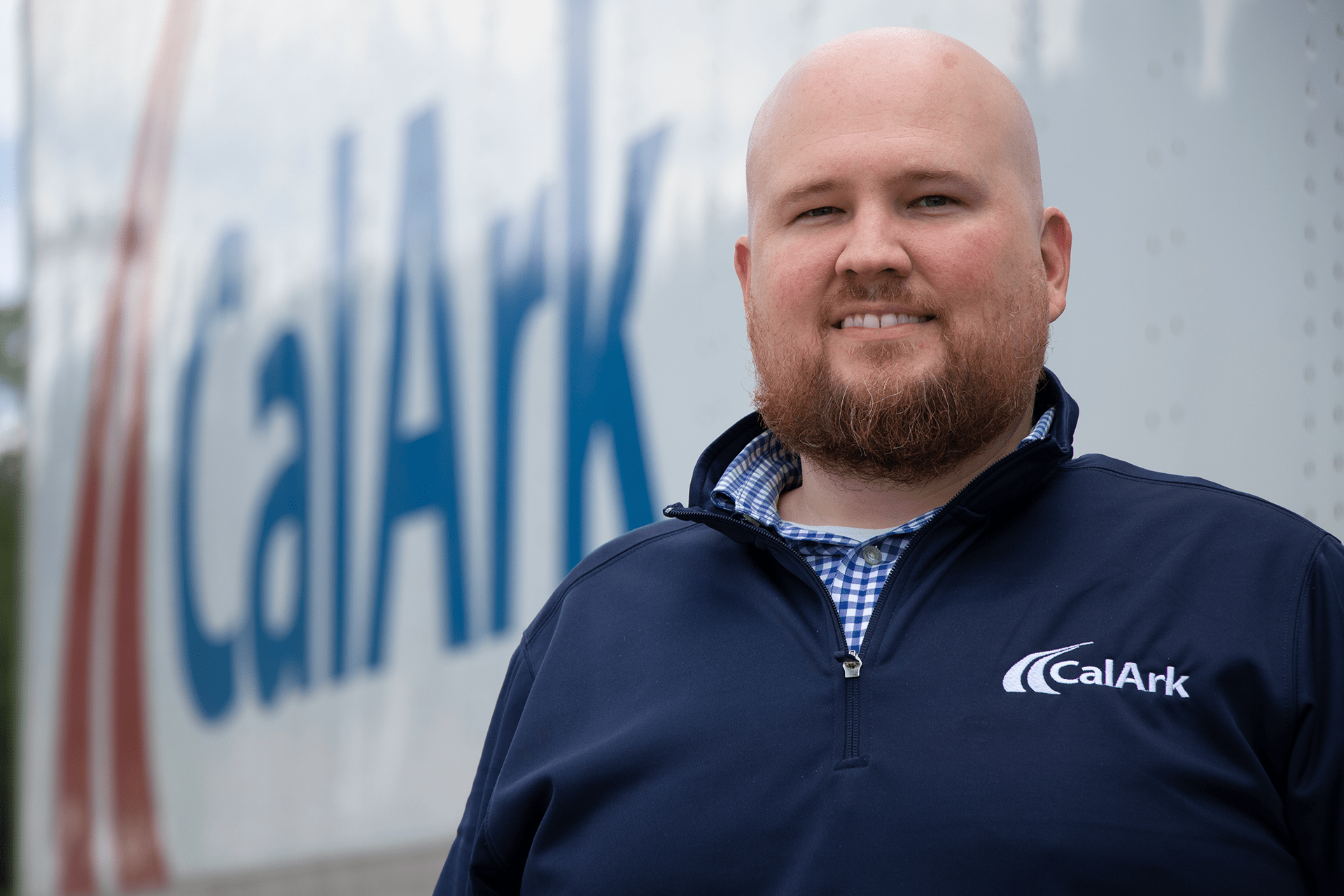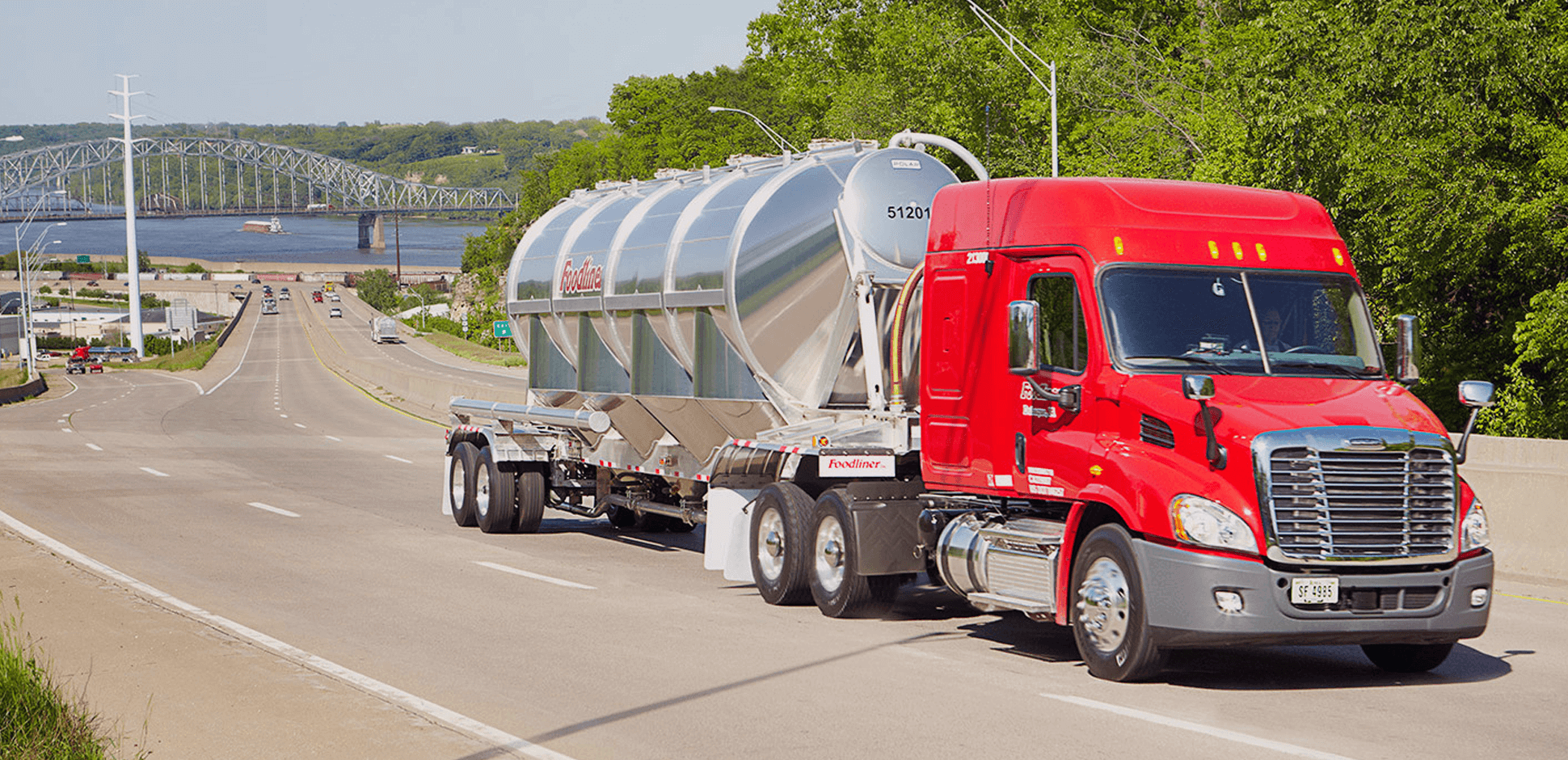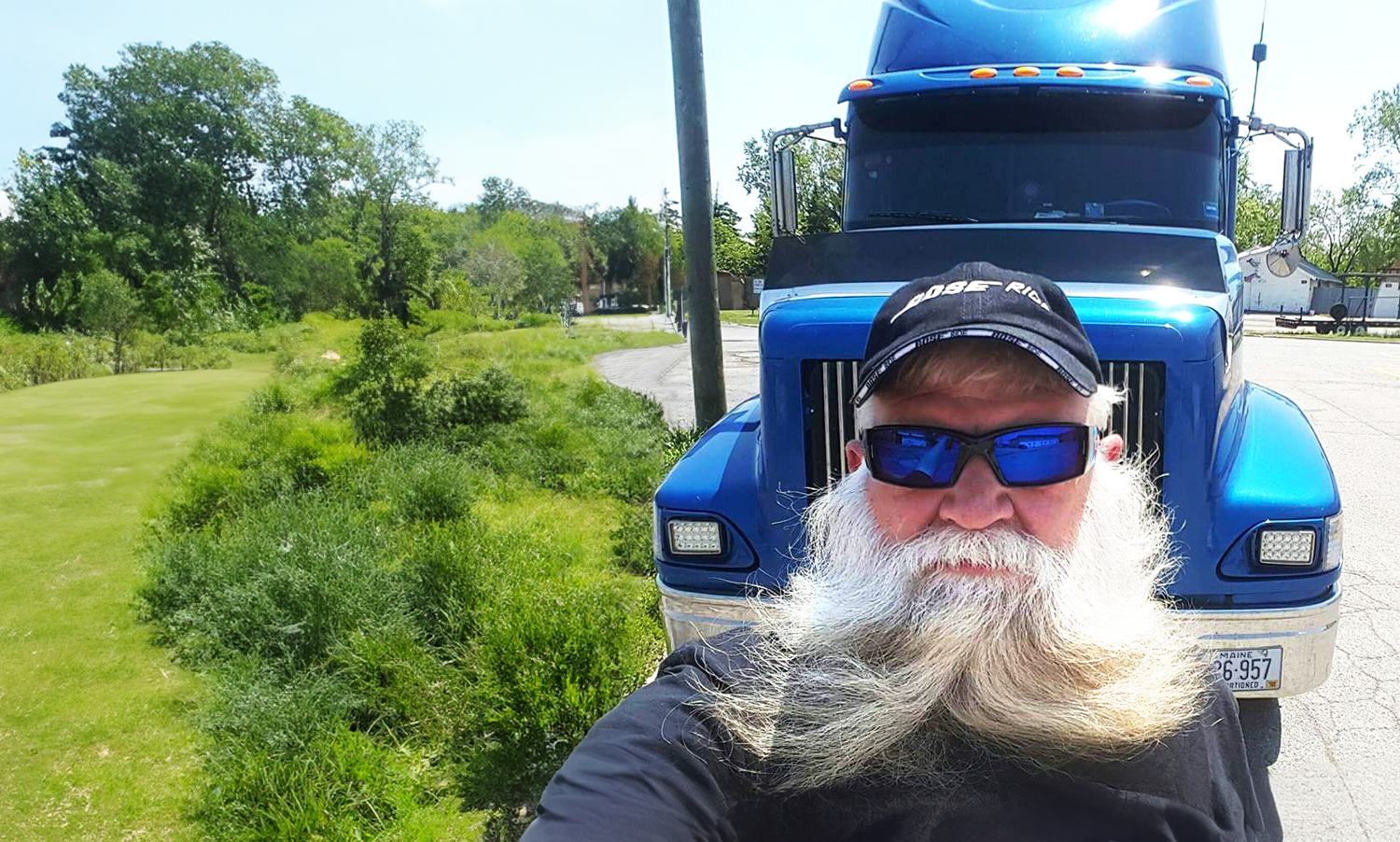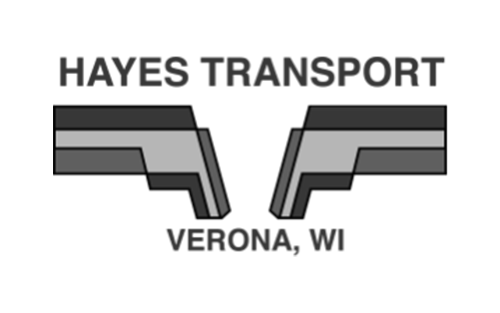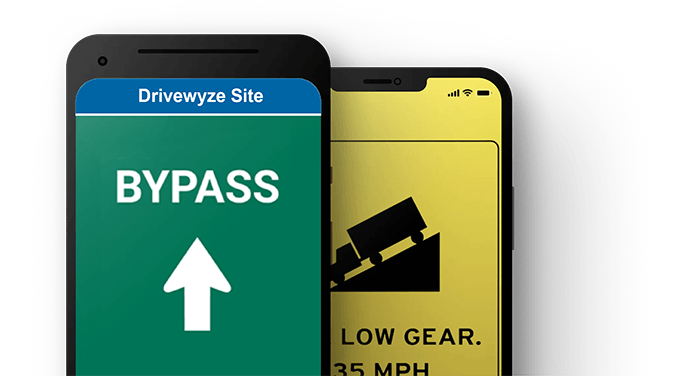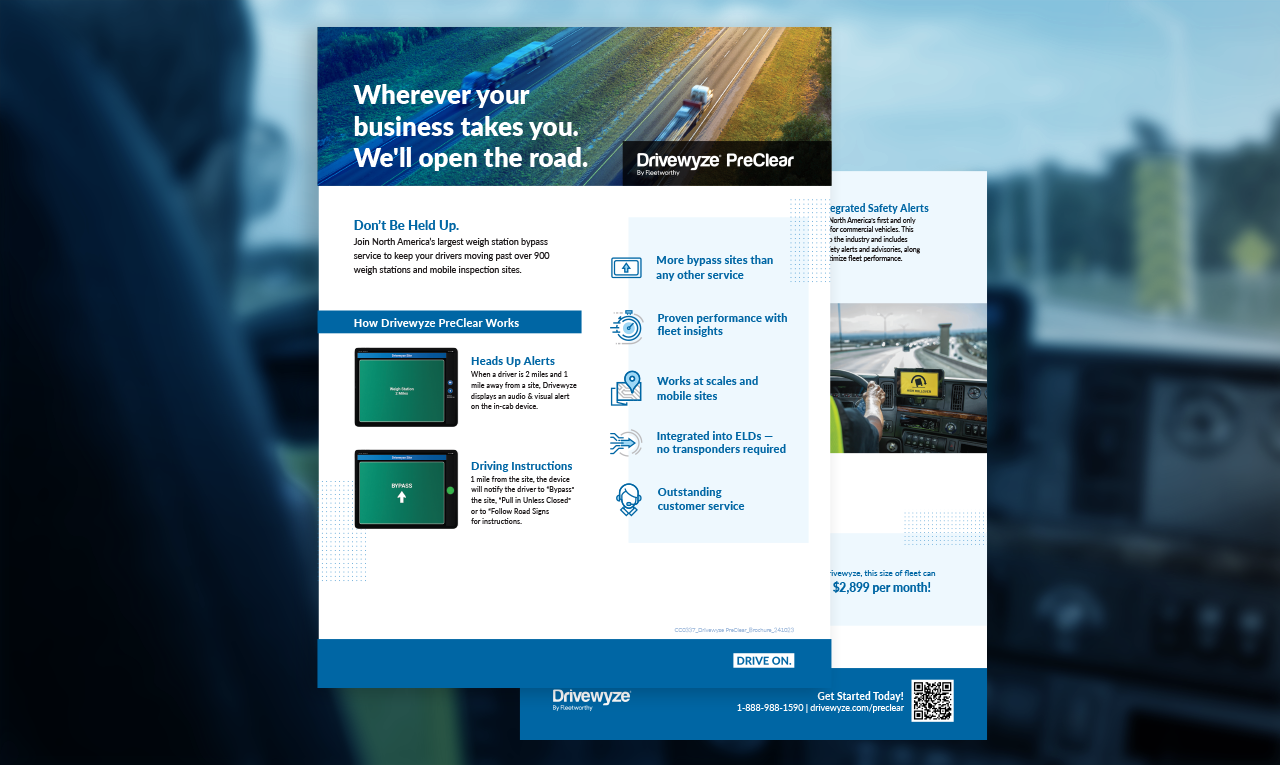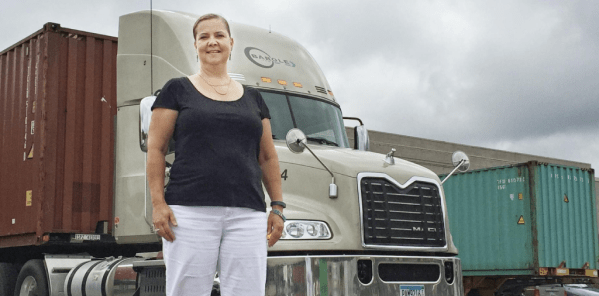
Largest weigh station bypass service in the US and Canada
Drivewyze PreClear offers 67% more bypass coverage and is the only bypass service in Maine, Vermont, New Hampshire, Minnesota, Nevada, Ontario, Alberta, Manitoba, and Newfoundland and Labrador.
Save money on every turn
Bypassing weigh stations saves fuel and time. Each bypass saves at least $8.68 and boosts your bottom line.
Deliver on time
Stay out of weigh station line ups and stick to schedule. Reduce delays and improve reliability.
Reduce driver churn
Drivers are 3X more likely to work for a fleet with PreClear. No hardware headaches and 67% more bypass coverage.
Drivers and fleets love PreClear
Maximize uptime with automatic weigh station bypass
Carriers earned 22M+ weigh station bypasses in 12 months with Drivewyze. Join them and improve your bottom line.

Onboard with ease
Your fleet can be set up and running with PreClear in minutes with minimal driver training.
With partnerships with 40+ major ELD and telematics leaders and award-winning Drivewyze software, onboarding is easy.
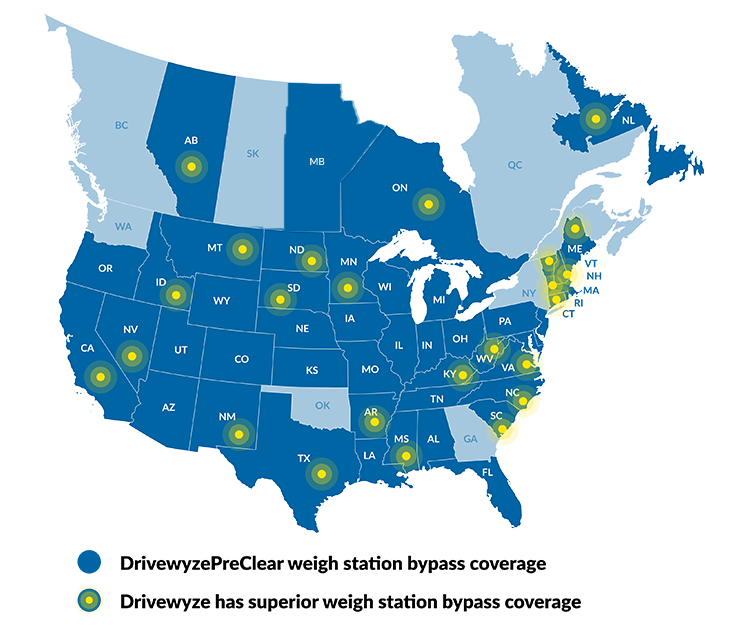
Unmatched coverage across North America
Experience the freedom of the open road with Drivewyze PreClear.
Our service eclipses others with bypass opportunities at over 900 sites, including fixed weigh stations and mobile inspection sites in 48 states and provinces.
67% more bypass opportunities means fewer stops for you and more money in your pocket.
Resources
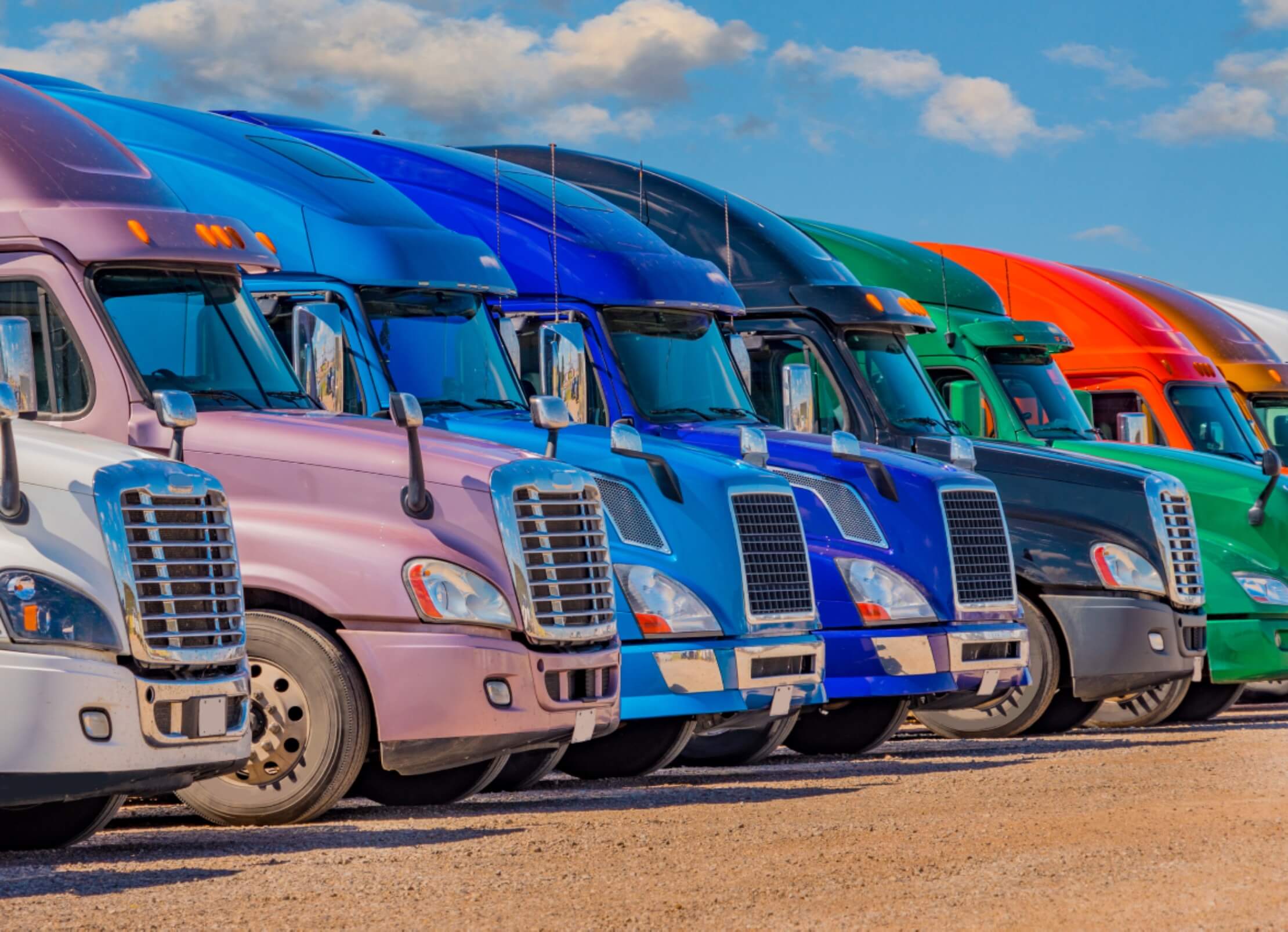
Ready to Get Started?
Learn how North America’s leading carriers use Drivewyze to save money and improve safety.
